
Poster for Duval's Mammoth Pavilion |

Poster for Duval's Mammoth Pavilion |
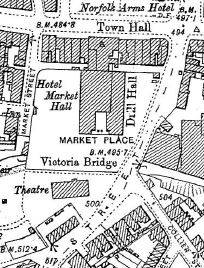 |
 |
 |
||
The larger area occupied by Spencer's Theatre Royal can be seen in the 1919 map (above centre). The 1879 map (above right) shows that there was no space for a theatre until Glossop Brook was culverted. |
||||

The Theatre Royal about 1906 |

Undated view of the market ground showing the rear of the Theatre Royal |
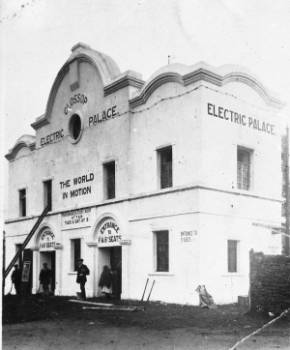 |
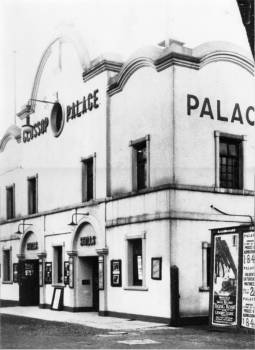 |
|
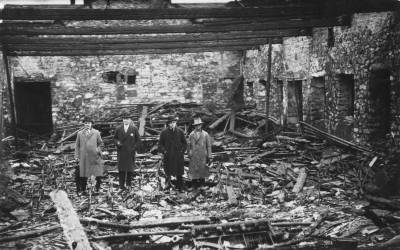 |
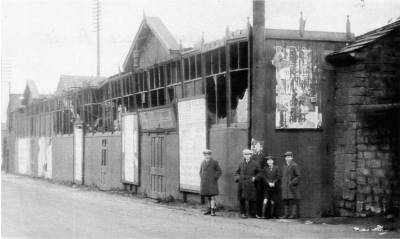 |
|
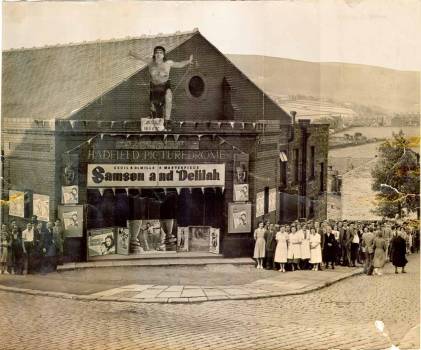 |
 |
|
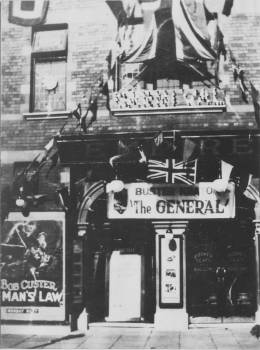 |
 |
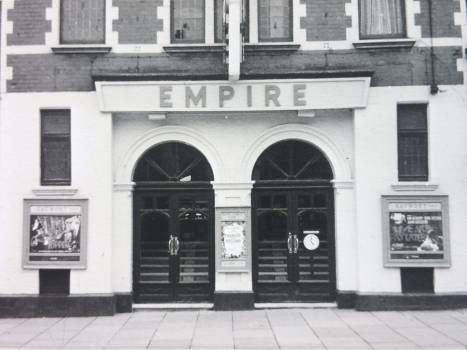 |
||
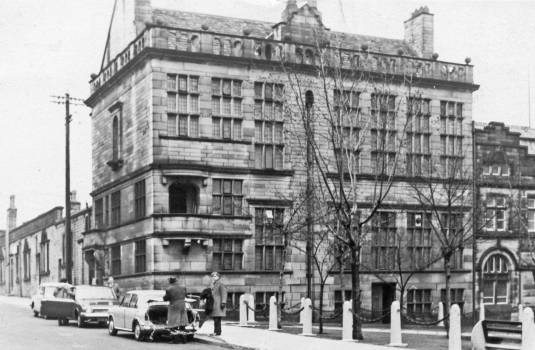 |
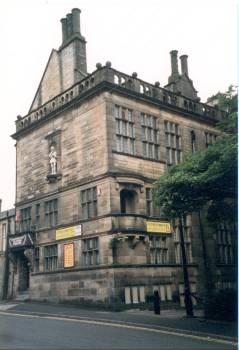 |
|